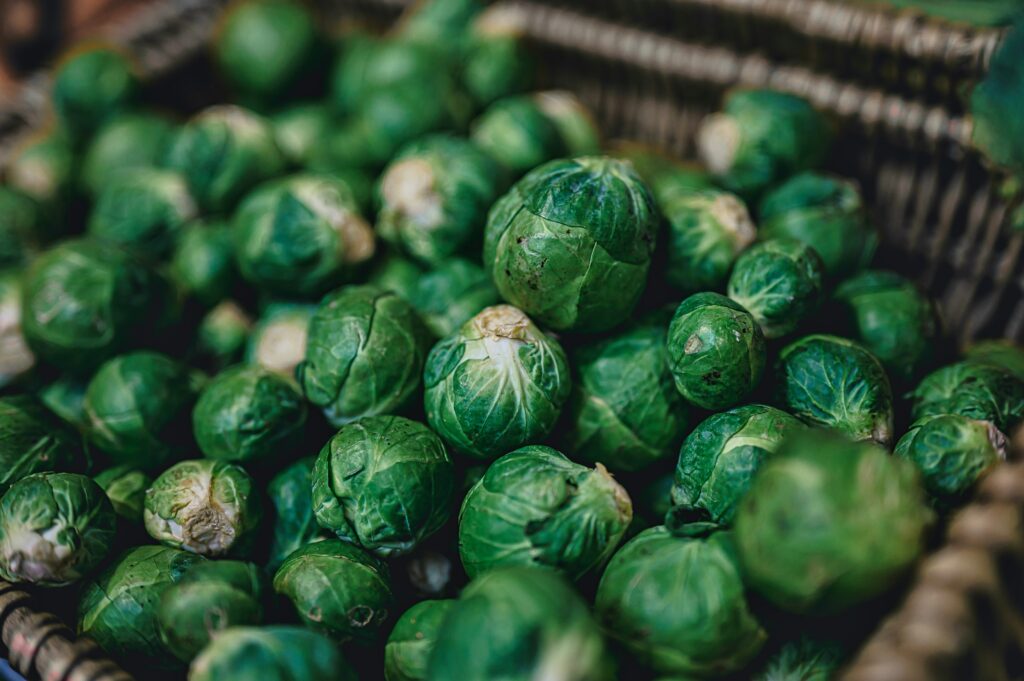From the CO2Science Archive: In a recent experiment conducted at the University of Copenhagen in Taastrup, Denmark, Li et al. (2019) investigated the interactive effects of short-term drought and heat stress on two wheat genotypes (cv. Galdius and Paragon) growing in pots in controlled-environment greenhouses under two atmospheric CO2 concentrations (400 and 800 ppm). Shortly after anthesis, half of the plants in each CO2 treatment were exposed to moderate drought in which the researchers withheld irrigation for 5 days, reaching a soil water content of 16%. Then, they subjected half of the pots in each watering treatment (moderate drought or adequate water) to a simulated heat wave (day/night temperatures of 40/35°C compared to ambient 24/16°C) for five more days. Consequently, there were eight treatments in total: the non-stress control (C), drought (D), heat stress (H) and combined drought and heat (DH) under both ambient and elevated CO2.
Paper reviewed: Li, X., Kristiansen, K., Rosenqvist, E. and Liu, F. 2019. Elevated CO2 modulates the effects of drought and heat stress on plant water relations and grain yield in wheat. Journal of Agronomy and Crop Science 205: 362-371.
In discussing their findings, Li et al. report that “post-anthesis drought and heat stress significantly reduced the grain yield in wheat, and their combination exacerbated this adverse effect” (see Figure 1). However, they add that “consistent with earlier studies, a significant increase in grain yield was found in plants grown under elevated CO2, compared with that under ambient CO2.” In particular, the figure below reveals CO2-induced increases in grain yield for Gladius of 20%, 17%, 24% and 18% under C, D, H and DH treatments. For Paragon, this cultivar did not experience any CO2-induced enhancement of grain yield under control conditions, but witnessed much larger increases of 69%, 34% and 50% due to CO2 in the D, H and DH treatments.
Based upon the results presented above, elevated CO2 will help mitigate the negative impacts of post-anthesis heat and drought stress, and their combination, on wheat grain yields. And that is great news for growers and consumers of this key agricultural crop!

Figure 1. Grain yield (GY) of two wheat genotypes (cv. Gladius and Paragon) under various treatment combinations of atmospheric CO2 (ambient at 400 ppm or elevated at 800 ppm), drought (D), elevated heat (H) and/or combined drought and elevated heat (DH). C, the control; A, ambient CO2; E, elevated CO2. The red text reveals the percent enhancement in grain yield due to elevated CO2 for each cultivar in each stress treatment. Adapted from Li et al. (2019).



The mitigating influence of CO2 on drought and heat stress in wheat